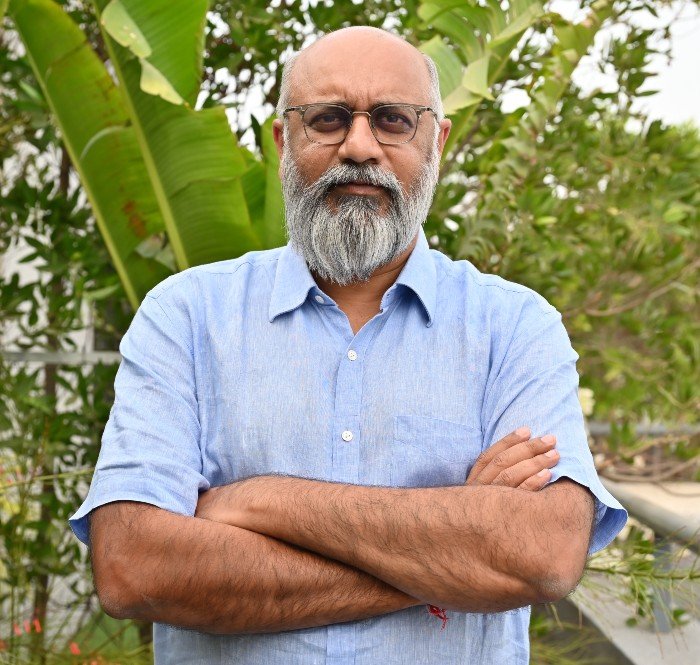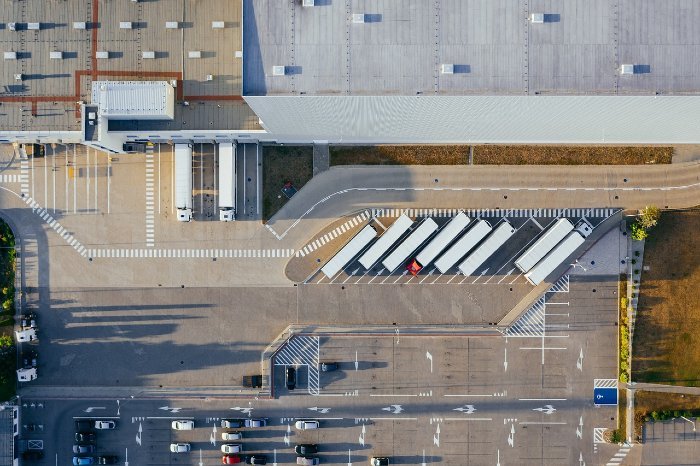Could you give us an overview of Godwitt Construction operations and the key areas of expertise?
Godwitt Constructions specialises only in industrial real estate for manufacturing and warehouses. We buy land, build and lease it out to the customer. What sets us apart is that we focus on speculative development which means that I will start a building without having a customer or an occupier in mind. We have standardised our specifications and building designs. Our specifications meet 90-95 per cent of the manufacturers’ needs, so it is only a small percentage of tailor-made solutions.
Can you share some examples of notable projects in steel executed by the company?
We use steel in all our buildings. The main columns, the rafters, and the purlins are in steel. Typically, a building of approximately 1 lakh sq ft will consume 350-500 tonnes of steel and we do around a million square feet per annum.
One project which we are developing and is unique is a cold storage which would store processed food products at -25 degrees. It used high-grade steel which can withstand such low temperatures for extended periods of time without losing its structural integrity.
What are some unique challenges and opportunities in your business?
One, in our business, finding the right land and getting all the clearances are the biggest hurdles. Once we have the land in place, most of the challenge is over. There is still a small percentage of challenge in finding the right customer who appreciates what we build and pays the amount of rental we ask for. It takes a couple of months for this.
What recent trends have you observed in the construction industry? How has this influenced the approach and strategy of Godwitt Construction?
In 2019, there was Holi and immediately after were the general elections and the sowing season. The labour that went home in March did not return till June and projects were stuck. A similar trend will happen in 2024 as well. We decided to move away from labour-intensive construction at the time to assembling buildings. I am happy to say that we have managed to do that in the last five years. Our buildings are a combination of precast and steel construction. We don’t do any construction at the site except flooring. From 150-200 labourers working on-site, I am down to 50 skilled labourers today.
How do you see the availability of skilled labour?
Highly skilled labourers are easy to find; these are typically crane operators who do the alignment of buildings worked in the Middle East and want to come back to India. It is only in the semi-skilled and unskilled labour that India is facing a shortage. In the old days, once the sowing season was done, the farmers would go to urban areas to work as construction labourers. With the government policies on rural employment, they need not come to urban areas anymore. With this, there is an acute shortage of labour. The government needs to consider relaxing labour laws so that we can at least import labour.
With sustainability and environment-friendly practices gaining momentum, how are you incorporating them into your approach?
We do a few things that are standard to our design. The building is designed in a way that reduces the heat load and requirements for artificial lighting. Once the design is done, we work out how to reduce the usage of water. In all our parks, we employ reverse plumbing, and the water from sewage treatment plants is used in flushing. The surplus is used in gardening. We also create a small high-density urban forest in the parks to bring up sustainability. Additionally, all our structures are designed to carry solar panels regardless of who installs them. Lastly, we also use eco-friendly materials such as recycled rubber tiles to reduce carbon footprint.
As a developer, what are some challenges you wish to address in the industry?
We are a key member of nation-building. The biggest challenge is the acquisition of land, getting the land use converted and getting the building plans sanctioned. The timelines must be reduced and simplified.
Are there any recent innovations or technologies that have significantly improved project efficiency?
We have embraced a composite technology. While precast is not a new technology, it has not been prevalent in India due to the mass access to labour. Today, it is widely welcomed. Because of this, we finish projects in six months. It is a win-win situation for the occupiers as well. Players in residential and commercial real estate should also embrace a combination of precast and steel construction to deliver projects much faster.
What do you foresee as the future of the steel construction industry? How is Godwitt preparing for it?
The future of steel in real estate is immense. Developers are hesitant to invest in steel construction. It is a rare sight to see a residential high-rise in steel. That is where the opportunity lies. Steel manufacturers, PEB players, and structural engineers need to work together to push steel as an alternative material for construction. There are a few challenges concerning price sensitivity and volatility. There is also a misconception that steel does not offer the flexibility that a brick-and-mortar building gives.







